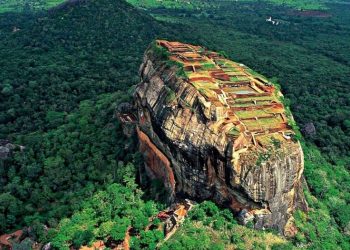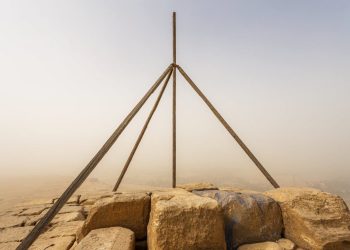When you think of pyramids, Egypt’s towering monuments to the pharaohs likely come to mind first. But what if I told you that pyramids are far from exclusive to Egypt? These awe-inspiring structures are a global phenomenon, built by civilizations spanning thousands of years and continents, each leaving behind massive stone enigmas that defy time. Some hide beneath dense jungles, others rise from vast deserts, and a few stand where you’d least expect them. Their purposes range from tombs to temples to lost cities, and some still guard mysteries waiting to be unraveled.
From the shadowy ruins of Mesoamerica to the windswept sands of Sudan, these five incredible pyramids challenge everything you thought you knew about the ancient world.
1. The Pyramid of the Sun – Mexico
Located in Teotihuacán, this massive pyramid is one of the largest in the world. Built around 200 CE by a civilization whose origins remain mysterious, the Pyramid of the Sun stands 65 meters tall and dominates the landscape of this ancient city. Unlike Egypt’s tombs, Teotihuacán’s pyramids were part of a sprawling urban center that once housed over 100,000 people. Climbing to the top offers breathtaking views of the surrounding ruins, including the nearby Pyramid of the Moon.
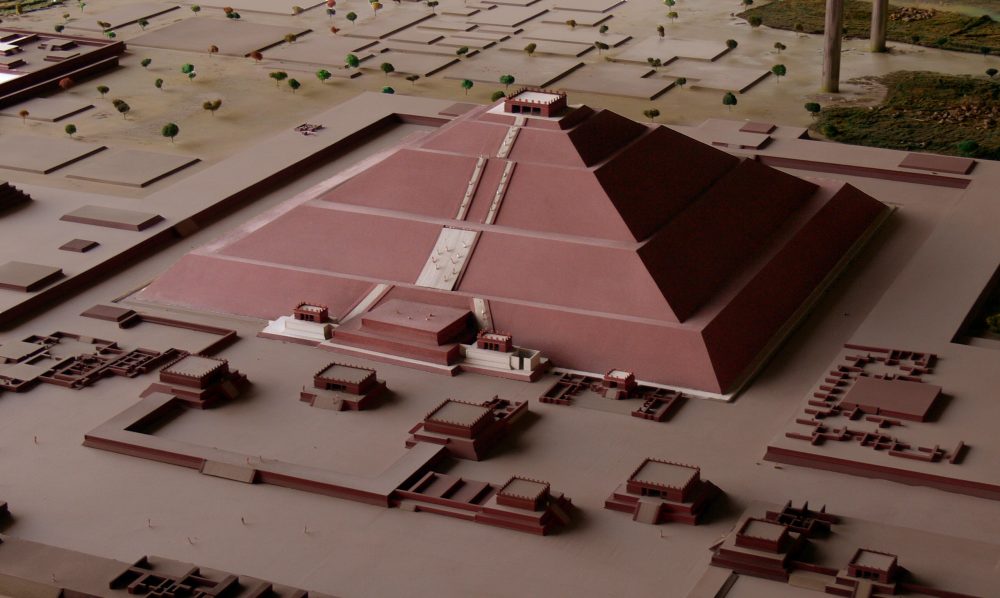
2. The Great Pyramid of Cholula – Mexico
While it may not look like a traditional pyramid at first glance, this structure is actually the largest pyramid by volume on Earth. Hidden beneath what appears to be a natural hill, the Great Pyramid of Cholula was built over centuries by the indigenous peoples of Mesoamerica. It dwarfs even the Great Pyramid of Giza in sheer size. Today, a Spanish church sits atop the ancient structure, a striking blend of pre-Columbian and colonial history.
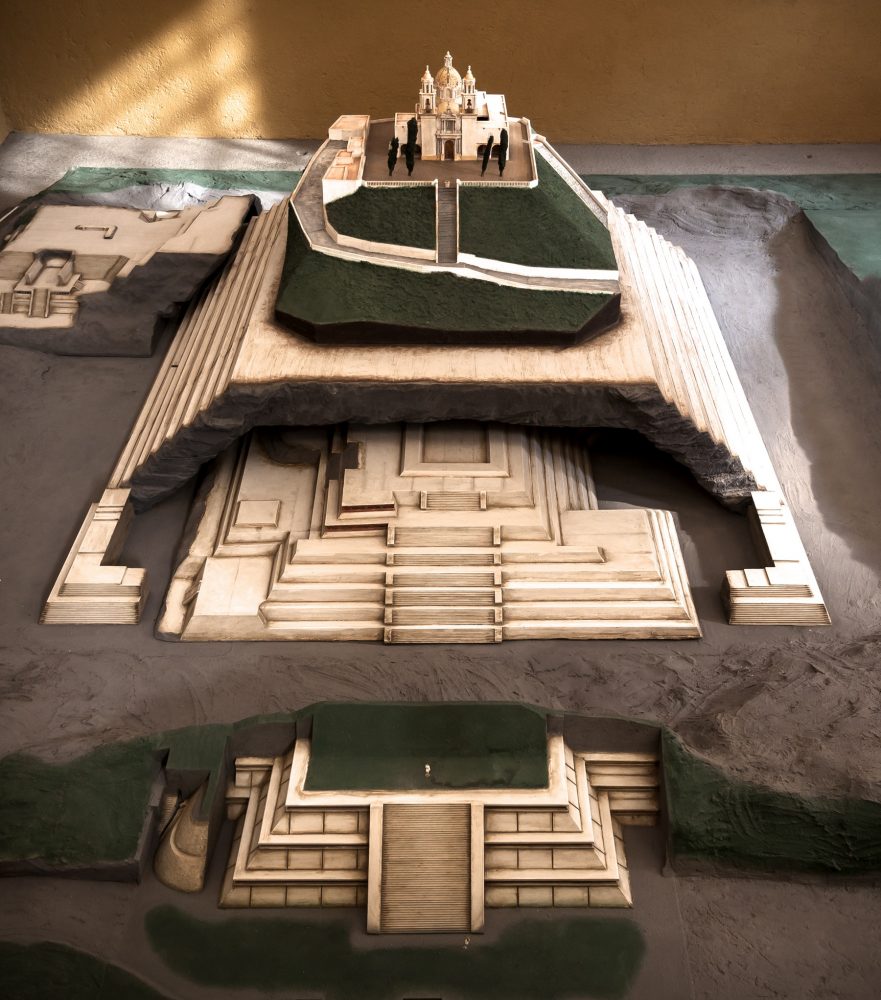
3. The Nubian Pyramids – Sudan
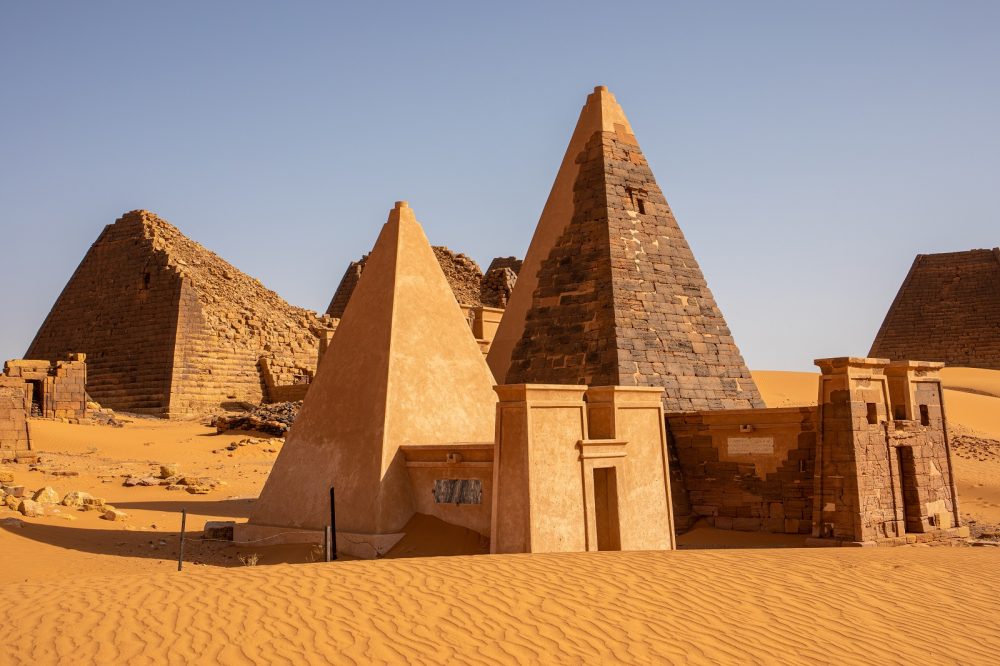
Egypt’s southern neighbor is home to over 200 pyramids—more than Egypt itself. The Nubian pyramids of Meroë, built by the Kingdom of Kush, are smaller and steeper than their Egyptian counterparts but no less impressive. Constructed between 300 BCE and 350 CE, these pyramids served as royal tombs and stand as a testament to the long-lasting influence of ancient Egyptian culture in Africa. Their remote desert location adds to their mystique, making them a must-visit for history enthusiasts.
4. The Pyramids of Guimar – Canary Islands, Spain
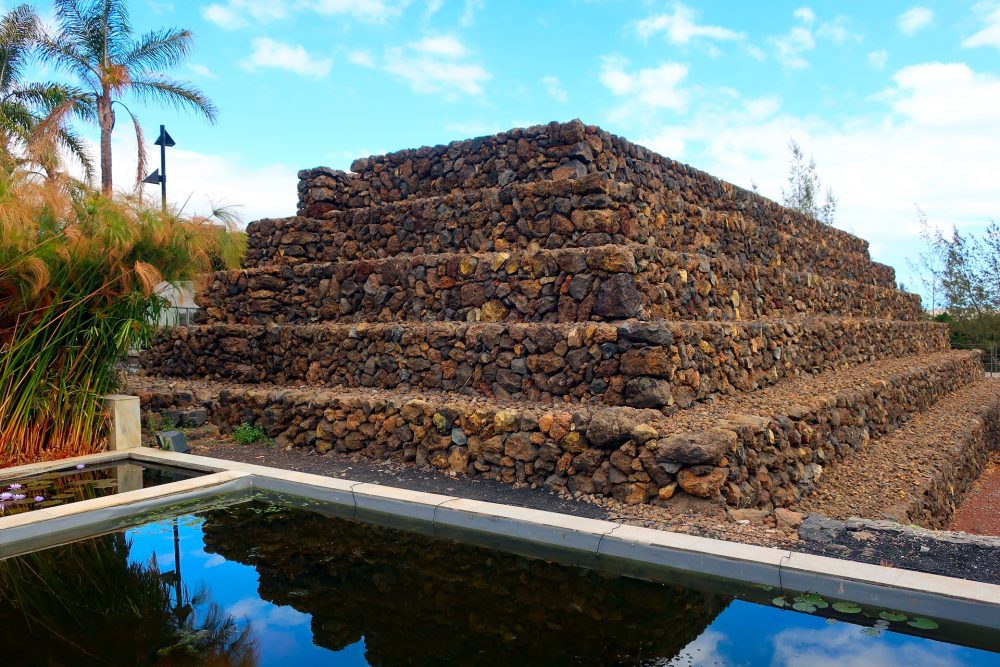
The Canary Islands hold an unexpected archaeological mystery—stepped pyramids made of lava stone. While some argue that these structures were built relatively recently for agricultural purposes, others believe they could be linked to ancient transatlantic travel. Some researchers suggest a connection between the pyramids of Guimar and those found in the Americas, fueling speculation about pre-Columbian oceanic voyages.
5. The Pyramid of Cestius – Italy

Unlike other pyramids on this list, the Pyramid of Cestius is not a temple or tomb for a powerful civilization—it’s the final resting place of a single Roman. Built in the first century BCE for the Roman magistrate Gaius Cestius, this white-marble pyramid stands in the heart of Rome, blending Egyptian influence with Roman architectural style. It’s a rare example of how Egyptian culture fascinated the Romans and shaped their architectural ambitions.
Pyramidomania
Pyramids are far more than Egyptian monuments—they are found all over the world, built by civilizations separated by vast distances and time periods. From the scorching deserts of Sudan to the ancient cities of Mexico, these massive structures show how different cultures, with no apparent connection, were drawn to the same design. Whether used as tombs, temples, or ceremonial sites, pyramids represent a deep human instinct—to build something that lasts, something that reaches toward the sky.
What makes pyramids so fascinating is that they weren’t just a random architectural choice. Their shape provided stability, allowing them to stand for thousands of years, but their significance ran much deeper. Some cultures aligned them with the stars, others used them as places of worship, and in some cases, their true purpose is still a mystery. How did so many civilizations arrive at the same idea? Was it purely practical, or is there something more to the story?
No matter where they are, pyramids remind us that ancient builders had knowledge and ambition far beyond what we often give them credit for. As we explore five incredible pyramids outside Egypt, we step into a world of lost cities, forgotten rituals, and unanswered questions—proof that history is always waiting to surprise us.






